|
|
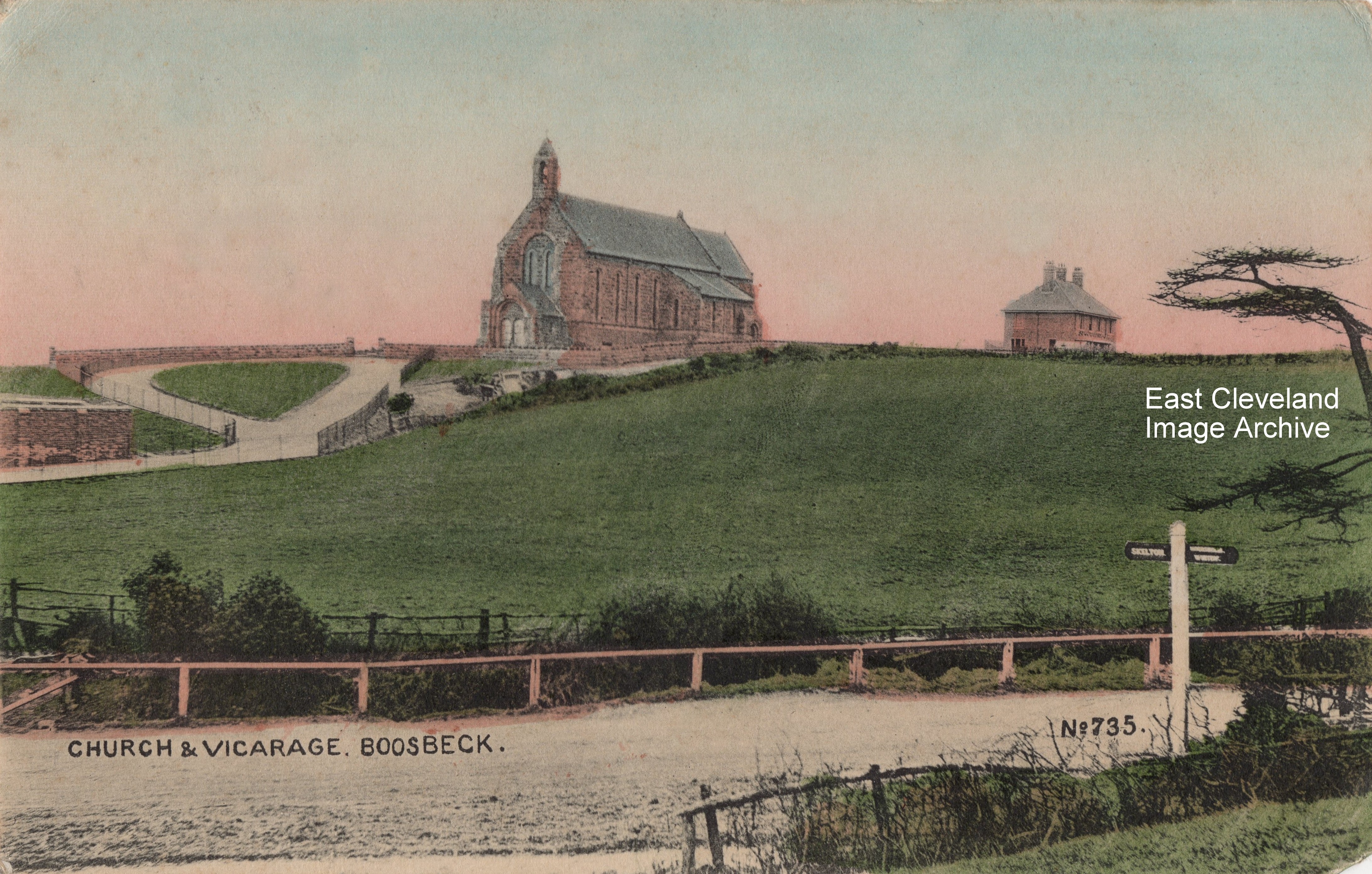
This hand-tinted postcard from the Phoenix Series showing St Aidan’s church, Boosbeck (and the vicarage beyond) can be dated to post 1904; researches provide the following description: St Aidan’s Church is a cruciform building of stone in the Norman style, erected in 1900; from designs by Messrs. Hicks and Charlwood, architects, at a cost of £4,000 and consists of a chancel, nave, transepts, west porch and a turret containing one bell: there being seating for 410. The site for the church and church yard was given by W.H.A. Wharton esq. of Skelton Castle, and the site for the vicarage by the late R.P. Petch esq., the vicarage house was erected in 1904, at a cost of £1,900. The separate ecclesiastical parish of Boosbeck was formed 13th December, 1901, the church was consecrated 29th October 1901; today the parish of Boosbeck retains the church which with Lingdale is part of the parish of Skelton.
Image courtesy of Julie Tyrka.
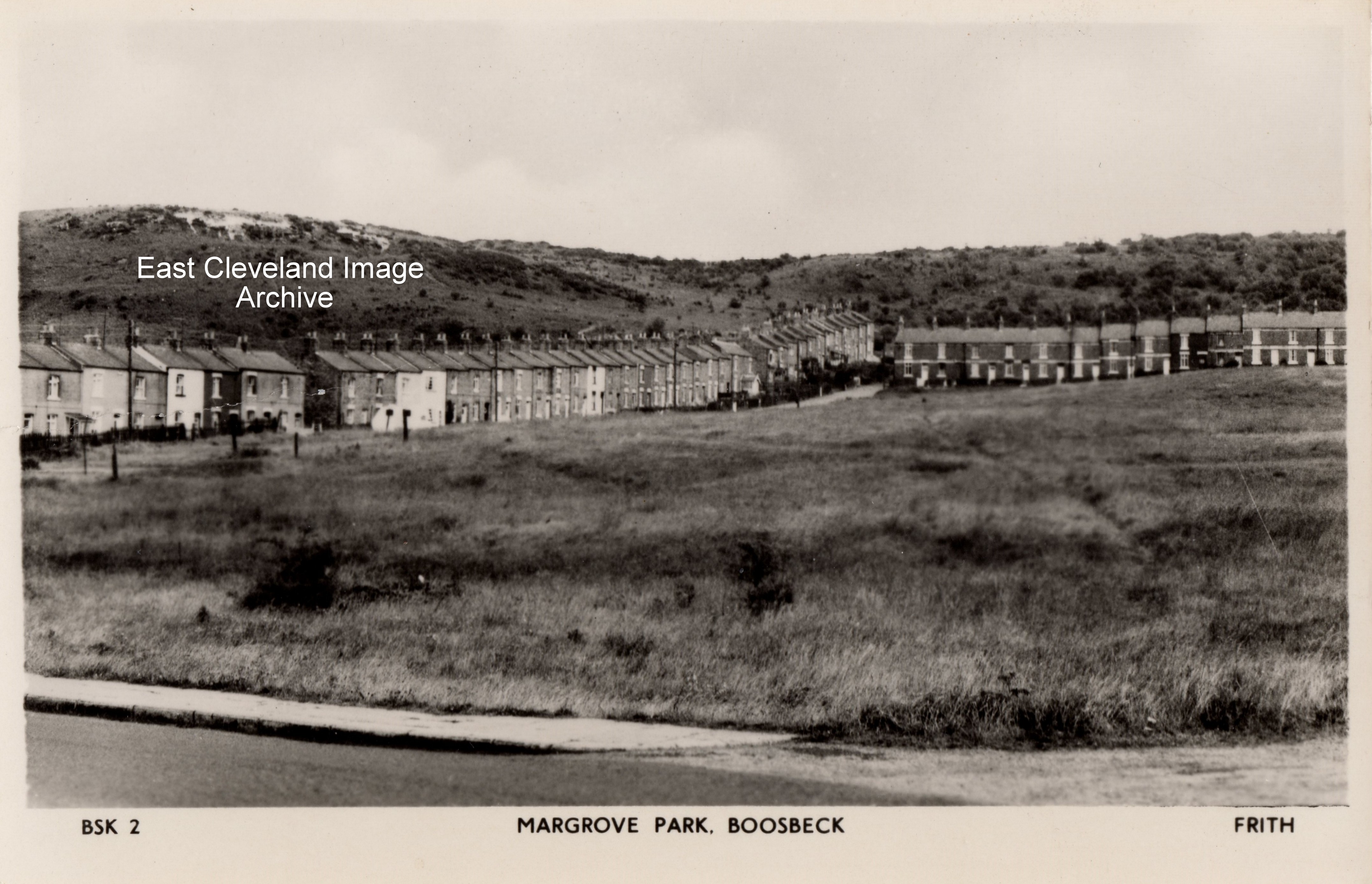
More familiarly known as “Magra” this Frith postcard is believed to date from the 1950s and is the best image as yet available to the Archive. This small community developed as a result of South Skelton ironstone mine being built in the 1850s and originally consisted of the two terraces of houses forming an L-shape on the hillside; between 1928 and 1933 Margrove and other local communities was closely linked to the Heartbreak Hill initiative by the Pennyman family of Ormesby Hall. The aim being to assist the residents whose lives had been devastated during the Depression; more recently this believed good works may have been had links to Nazi ideals and is still open for debate.
Image courtesy of Julie Tyrka.
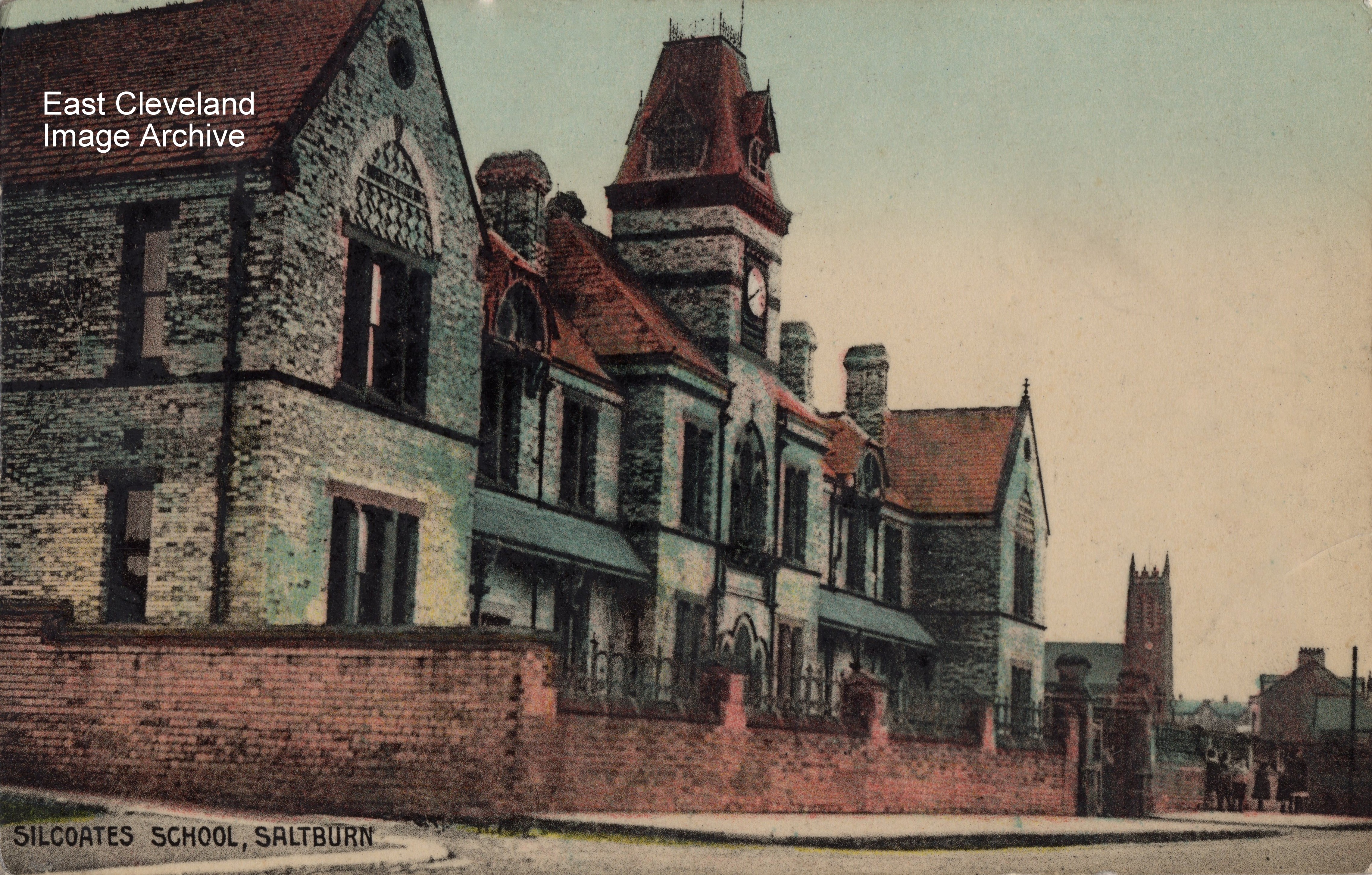
When first viewed this ‘Gem’ postcard image entitled as “Silcoates School Saltburn” caused great discussion at the Archive, but after careful study and some research discovered that the building is the former Convalescent Home on the end of Marine Parade. Saltburn House as it is now known was opened in 1872 at a cost of £12,000 by Messrs Pease as a Convalescent Home for their workers. The home became a temporary base for Silcoates School in Wakefield after it burnt down in 1904. The rebuilt school, still open at the time of writing, offers assisted aid to pupils with what is known as the ‘Saltburn Bursary’ in memory of the link with the town. The house was later sold to the Working Men’s Club and Institute Union (“the CIU”), which converted it into a convalescent home for club members, one of several around the country. Its “residents” usually came, from all the major working-class areas of the UK, for subsidised two-week breaks. They were easy to recognise from the yellow button badges they were issued by the “Superintendent” on arrival. Subsequently bought by Hayes Working Men’s Club it has since been renamed “Saltburn House” in 2014. Tony Nicholson tells us: “W.T. Stead, the great Victorian journalist, attended Silcoates School in Wakefield between 1862 and 1864 and wrote about his time there. He was still alive in 1904 and may well have written about the school moving to Saltburn. His brother was a chemist based on Teesside and the Stead Memorial Hospital was named after him, so the family had connections with the area.” Further information courtesy of Callum Duff: “William Thomas Stead died on 15th April 1912; he was a passenger on RMS Titanic.”
Image courtesy of Julie Tyrka, thanks to Tony Nicholson and Callum Duff for the updates.
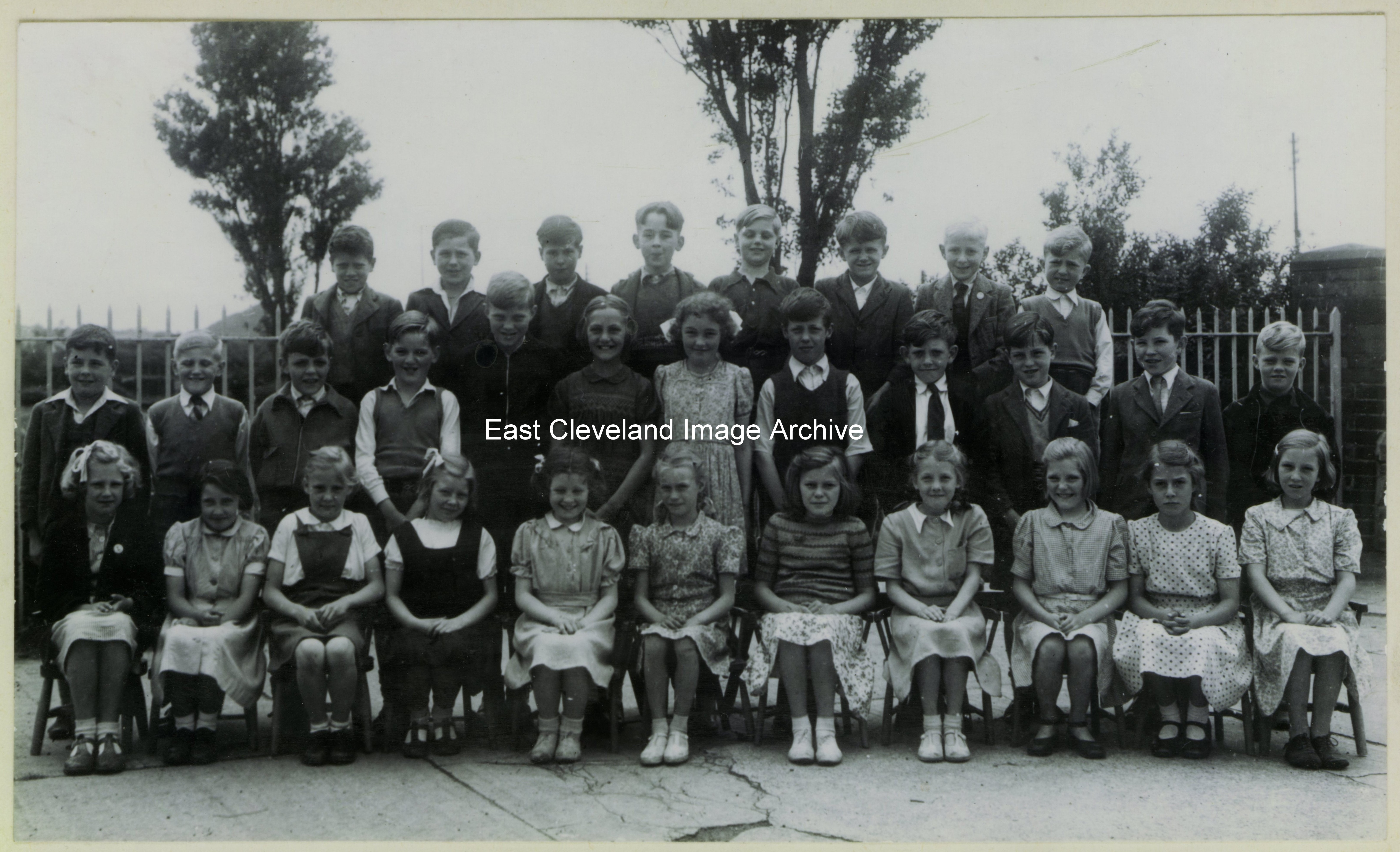
Happily assembled in the yard for the annual class photograph.
Back row: Bobby Welford, Derek Magor, John Pearson, Rob Padgett, Harry Irving, Colin Cook, Dennis Myers, John Smith.
Middle row: Malcolm Taylor, John Scott, Jimmy Hough, Albert Breckon, Ernie Goldby, Nancy Goldby, Keturah Welford, Barry Auckland, Peter Crossman, Arthur Groves, Brian Atkinson, Ronnie Batchelor.
Front row: Janet Easton, Ann Rawson, Barbara Ward, Hillary Moody, Pam Cole, Ann Tyreman, Sylvia Young, Pauline Evans, Barbara Hall, Hillary Brown, Ann Wilson.
Image and names courtesy of Barry Auckland.
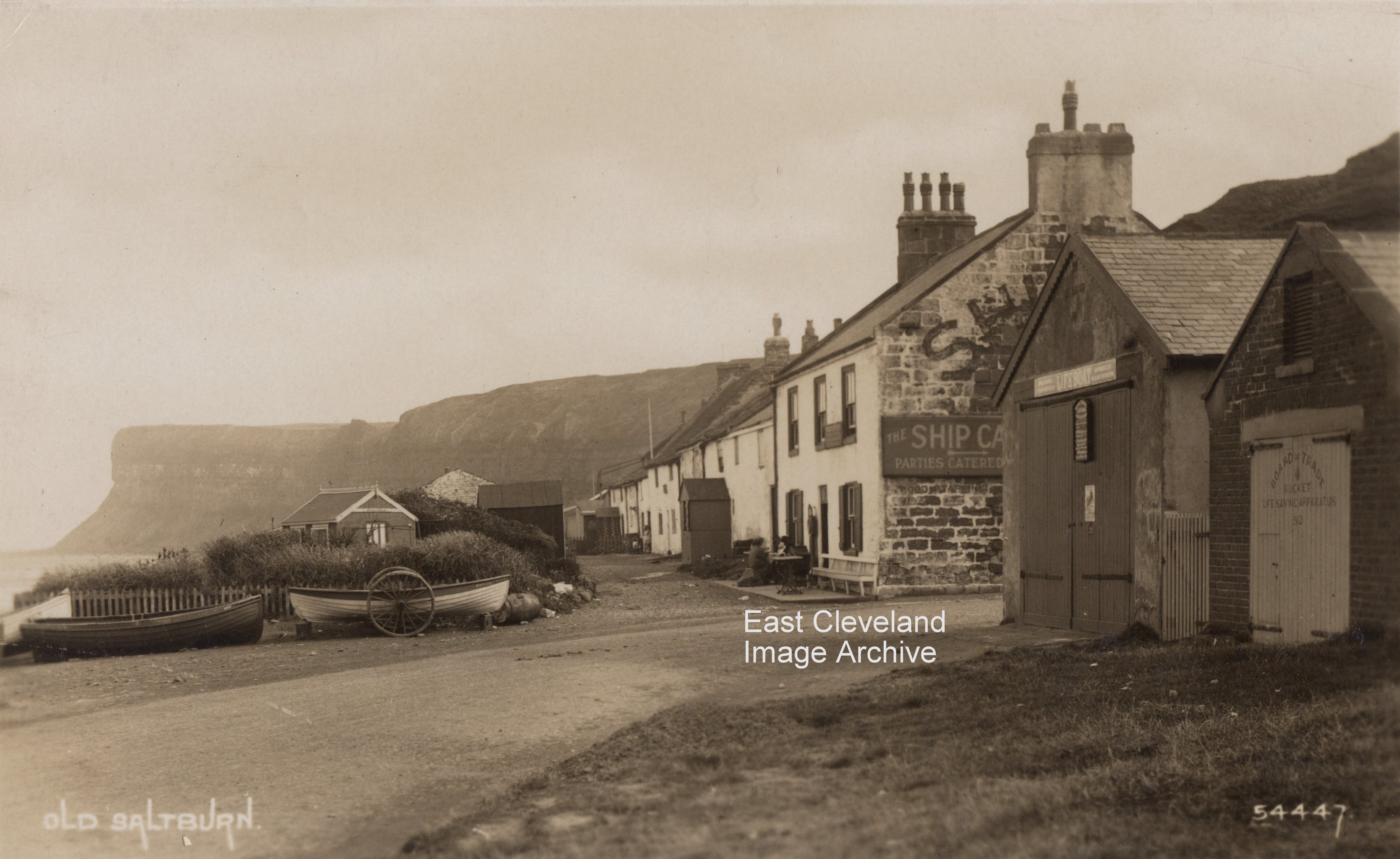
This unused postcard view of the Ship Inn, Lifeboat House and Rocket Lifesaving Apparatus House dates from the late 1800s, at that time the range of terraced cottages beyond the Ship Inn is clearly visible. Old Saltburn as it was known then was still a community and recognised as such by the Saltburn Improvement Company which developed Saltburn as a fashionable seaside resort. How it has shrunk today!
Image courtesy of Julie Tyrka.
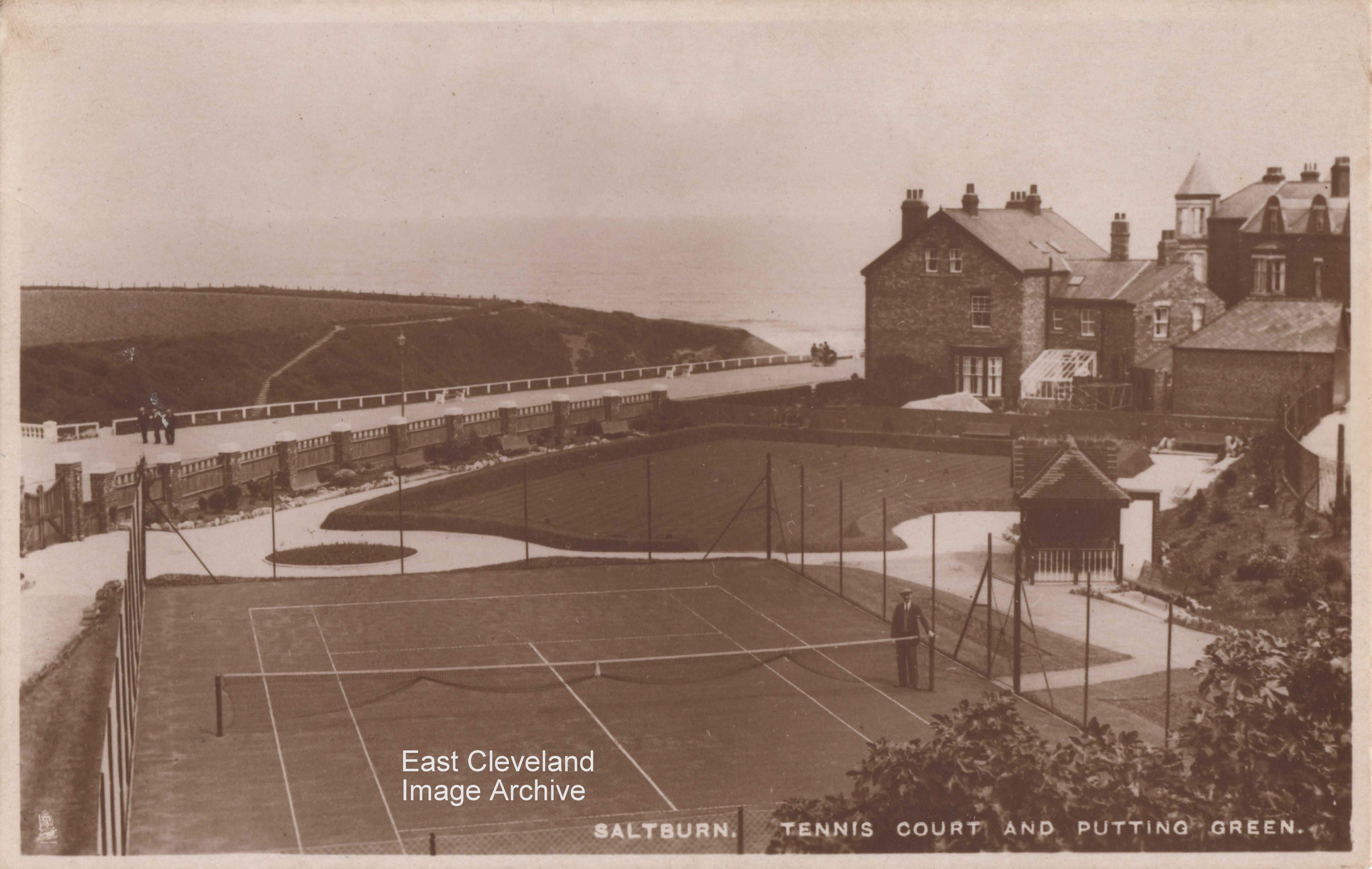
This view of the area now occupied by Marine Court on the promenade at Saltburn shows the tennis court and putting green, with the greenkeeper proudly standing surveying the tennis court.
Image courtesy of Julie Tyrka.
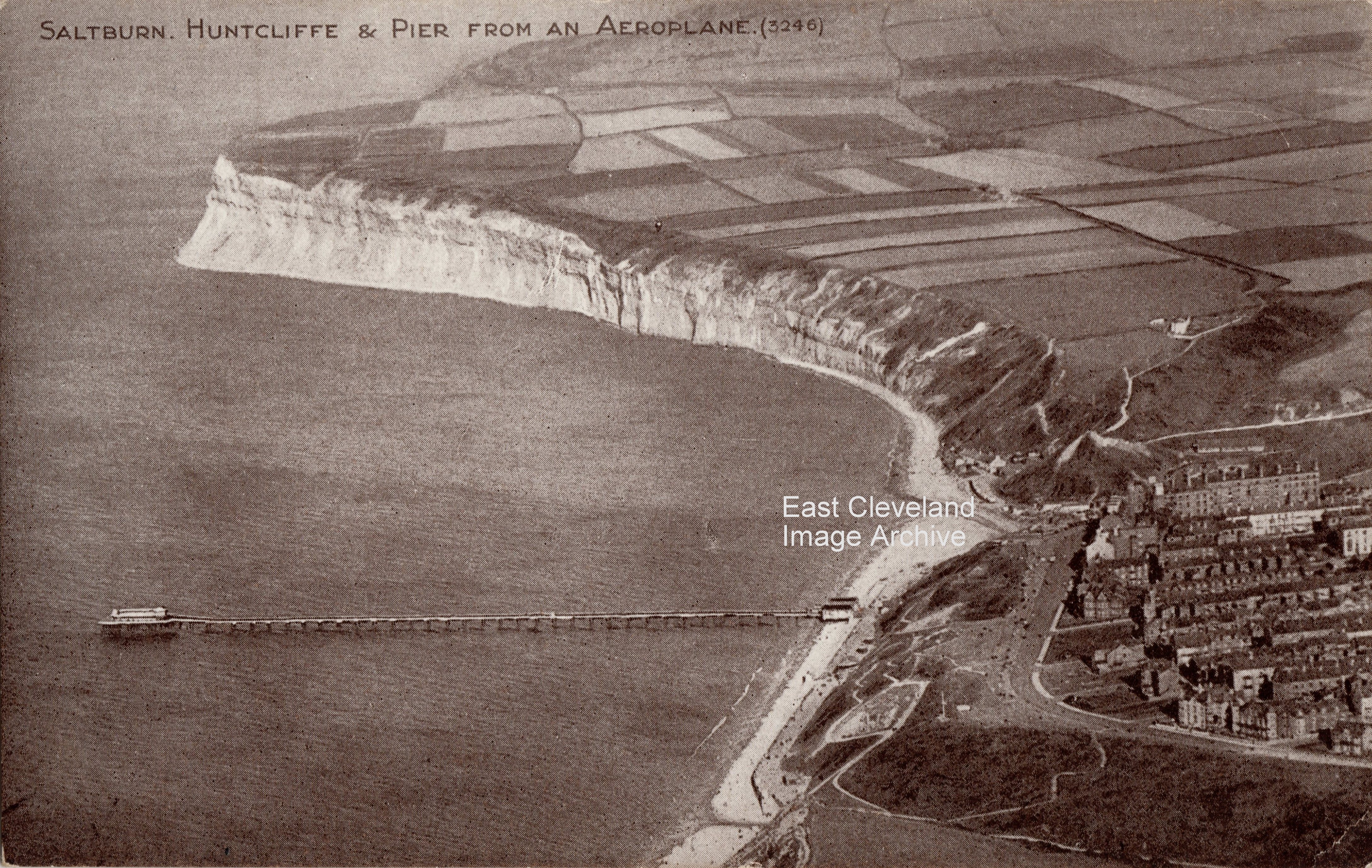
A Photocrom Co. Ltd postcard aerial view of Saltburn, again unused but is believed to date from pre 1920, so the Archive would be grateful of any help!
Image courtesy of Julie Tyrka.
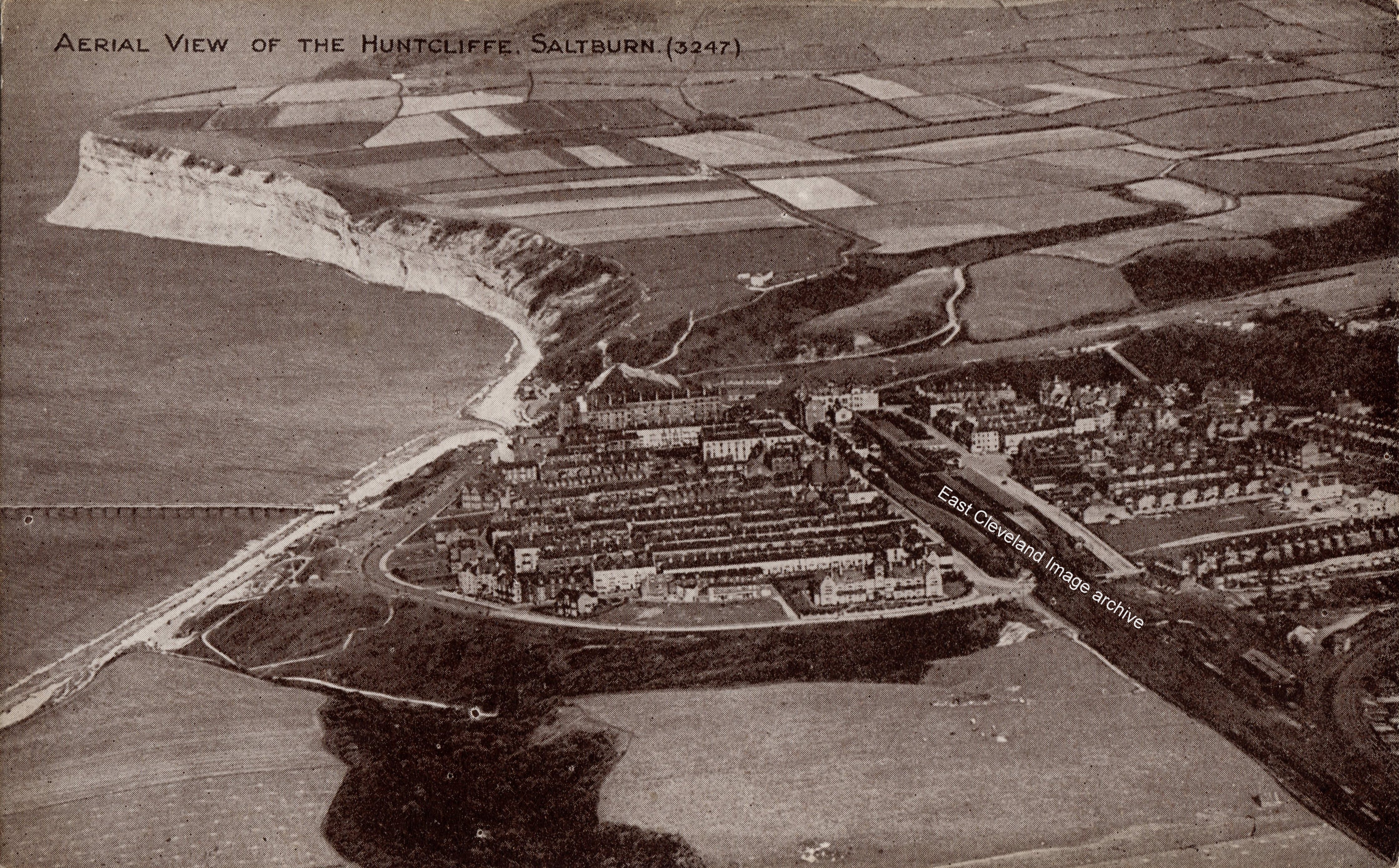
This ‘Aerial View of Huntcliffe’ is another postcard produced by Photocrom Co. Ltd and is again unused; based upon the lack of housing on Bristol Avenue and Exeter Street it is probably pre 1920. Interestingly there is a bridge for the railway at the foot of Hilda Place. Again assistance would be appreciated in dating more precisely.
Image courtesy of Julie Tyrka.
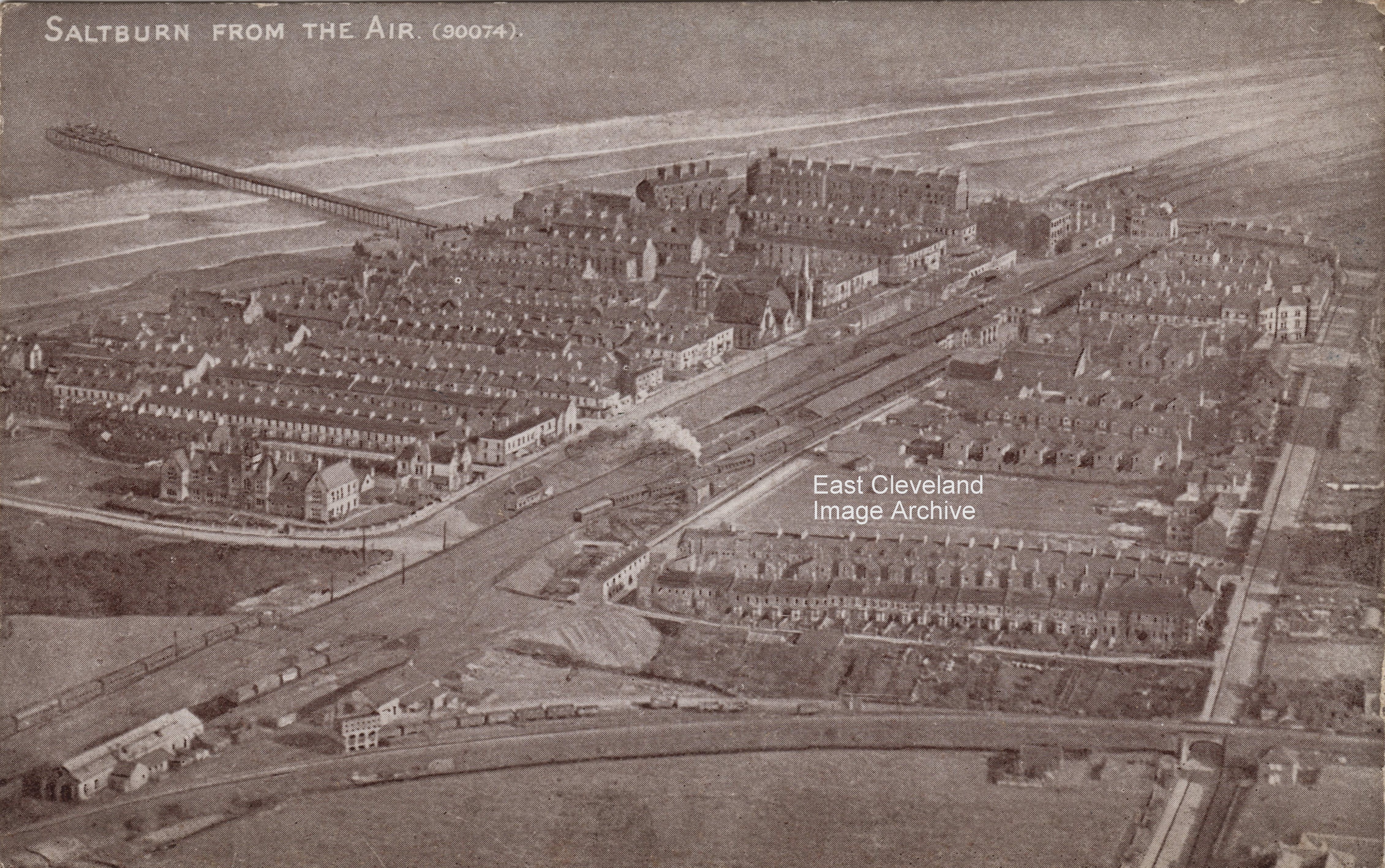
A further postcard view by Photocrom Co. Ltd, Zetland Terrace is clearly visible as well as the western side of Hilda Place. However neither Bristol Avenue or Exeter Street have been built; as the card is unused, again assistance with dating would be much appreciated!
Image courtesy of Julie Tyrka.
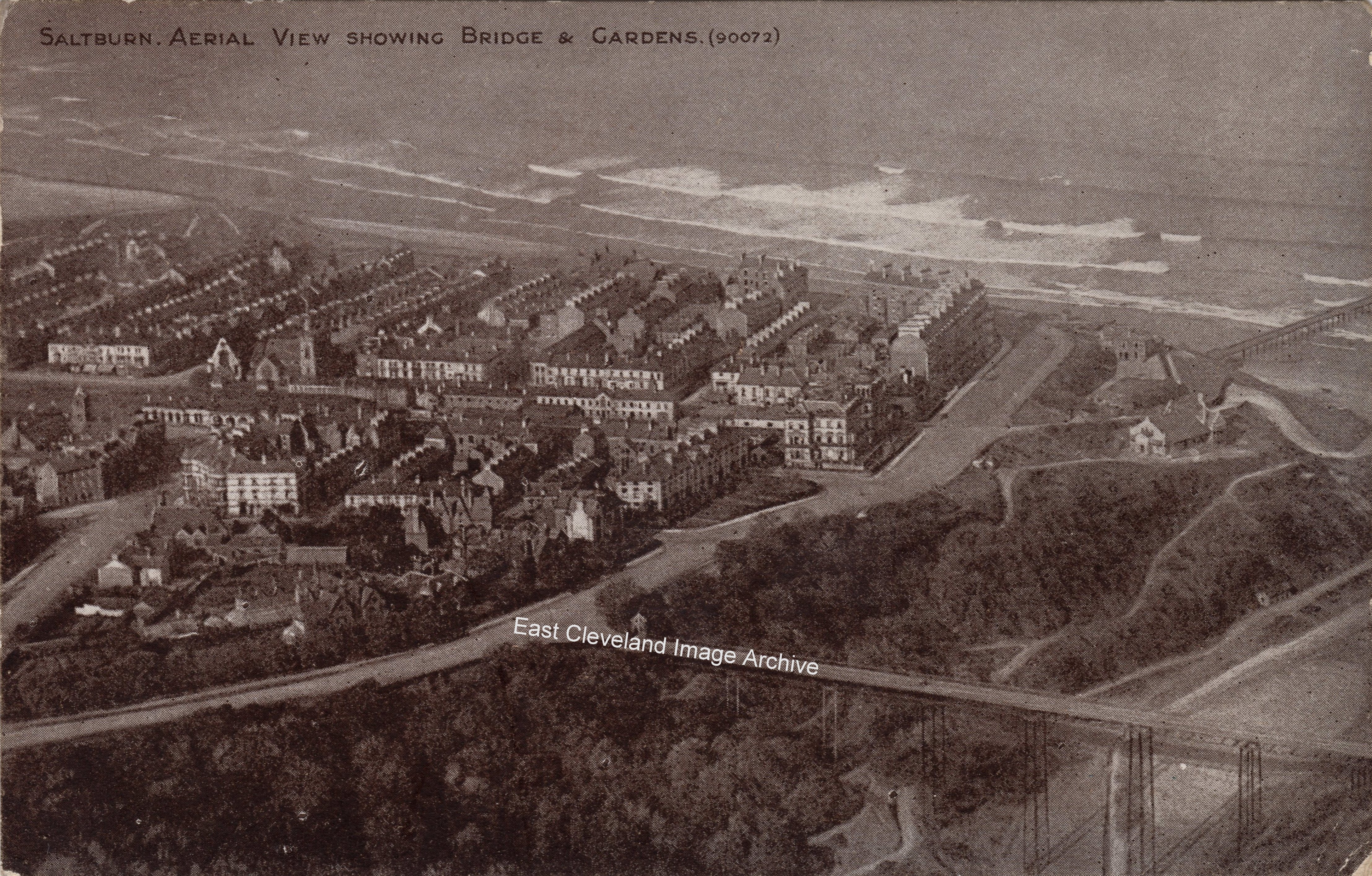
A further Photocrom Co. Ltd postcard and again undated; but again gives a lovely view of the Halfpenny Bridge and the wooded walks below the bridge. Interestingly the former Barnard Castle railway station portico – the ‘Greek Temple’ to many – is not visible, being well hidden among the trees. Callum Duff has advised on dating this image: “If your previous postcard ‘Saltburn from the Air 3’ was taken on the same day as this photo then you can date this image to between 1916 and 1924. The houses on the corner of Milton Street and Britannia Terrace are an effective way of dating postcards as they were completed in 1916 and are easily spotted because they are out of scale with the rest of the terrace. The image is also from before May 1924 because it shows the pier (obscured in this shot) with its original iron legs, prior to being breached by the SS Ovenbeg on 7th May 1924 and subsequently rebuilt in steel to a different design.”
Image courtesy of Julie Tyrka and many thanks to Callum Duff for the update..
|
|










Recent Comments